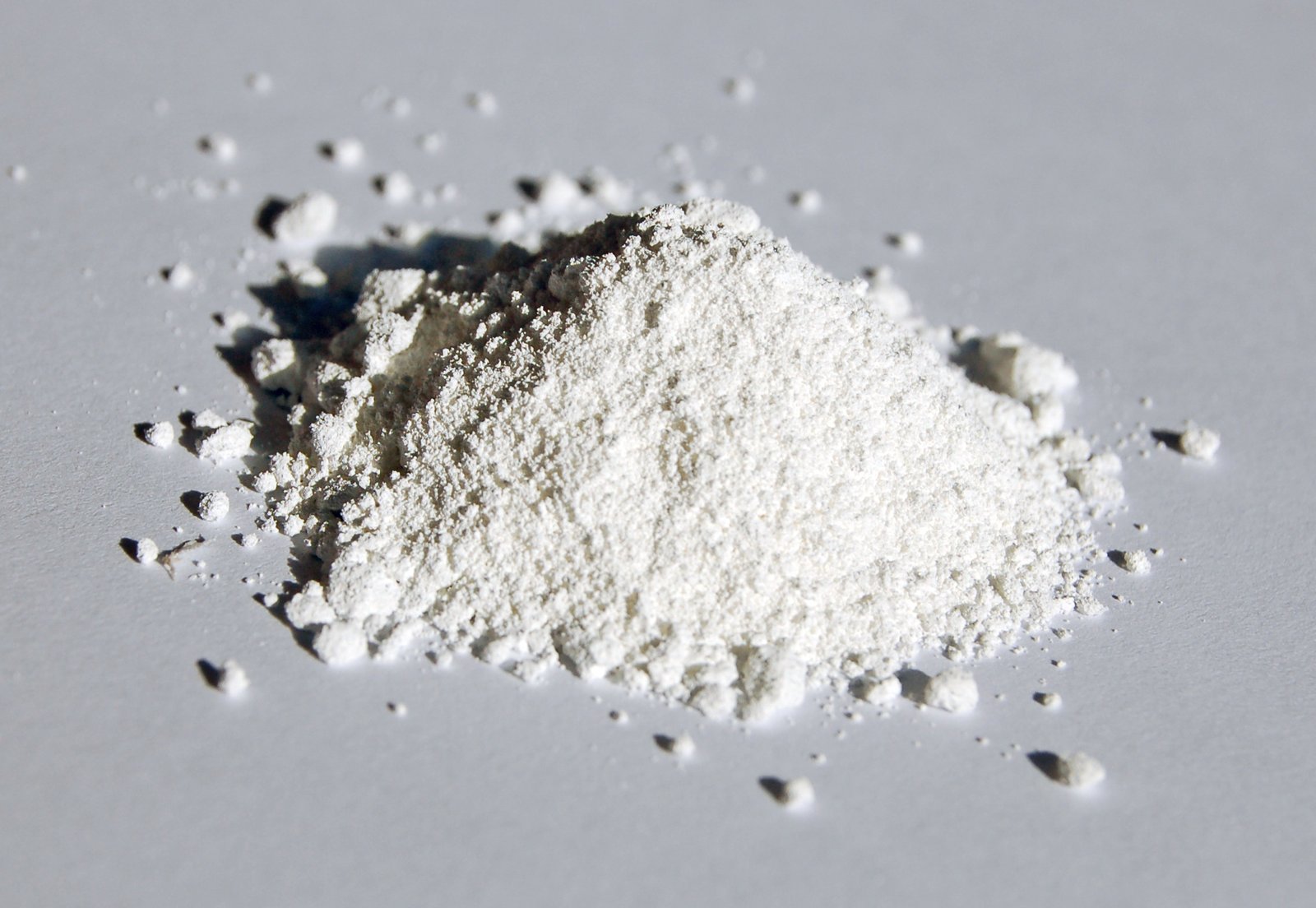Glancing at the ingredients list of everyday products like toothpaste, paint, or even paper, one might stumble upon a rather mysterious component: titanium dioxide. Its presence is so widespread that it almost seems like an enigma wrapped in a compound. Yet, its role in these products is not mere happenstance. Known for its ability to brighten and add opacity, titanium dioxide has become a staple in various industries. But what exactly is this compound, and should we be concerned about its ubiquitous presence in our lives?
The Science Behind Titanium Dioxide

Titanium dioxide, often referred to by its chemical formula TiO2, is a naturally occurring oxide of titanium. It is primarily sourced from minerals like ilmenite and rutile. The compound is celebrated for its high refractive index, which means it can scatter light more effectively than many other substances. This property makes it an excellent whitening agent, which is why it’s commonly found in products that require a brilliant white hue. Additionally, its inert nature means it doesn’t react easily with other substances, making it stable and safe for various uses.
A Whiter Smile: Titanium Dioxide in Toothpaste
When you squeeze that minty fresh paste onto your toothbrush, you’re likely applying a small amount of titanium dioxide onto your teeth. In toothpaste, it acts as a whitening agent, enhancing the brightness of your smile. The compound’s ability to reflect light gives the illusion of whiter teeth. However, it’s essential to note that while it contributes to the aesthetic appeal, it doesn’t play a role in the actual cleaning or health benefits of toothpaste. The compound is generally considered safe for oral use, but its presence does raise questions about long-term exposure and potential ingestion.
The Hidden Artist: Titanium Dioxide in Paint
Imagine an artist’s palette, rich with vibrant colors. Titanium dioxide is the unsung hero behind many of these shades. In the paint industry, it serves as a pigment that enhances color brightness and opacity. When mixed into paint, it helps cover surfaces evenly, providing a smooth and consistent finish. Its durability also means that the colors remain vivid for longer periods, even when exposed to sunlight. This makes it a favorite among painters and decorators who rely on its properties to achieve desired aesthetic results.
Paper’s Secret Ingredient
The next time you hold a piece of paper, consider the role titanium dioxide has played in its production. In the paper industry, the compound is used to improve the brightness and opacity of paper products. This ensures that the paper appears whiter and allows for clearer printing. Its addition helps prevent ink from bleeding through the pages, maintaining readability and quality. Although titanium dioxide is largely invisible in the final product, its impact on paper quality is undeniable.
Cosmetics and Sunscreens: A Double-Edged Sword
Titanium dioxide’s reflective properties extend beyond industrial applications, finding its way into the beauty and skincare world. In cosmetics, it is often used as a pigment and thickener, lending products a smooth texture and even color. More notably, in sunscreens, titanium dioxide acts as a physical blocker against UV rays, protecting the skin from potential sun damage. While its protective abilities are beneficial, concerns arise regarding the size of the particles used. Nanoparticles of titanium dioxide may penetrate the skin or be inhaled, sparking debates about their safety.
The Environmental Impact
With its prevalence in countless products, one might wonder about the environmental implications of titanium dioxide. During production and after disposal, the compound can enter ecosystems, particularly aquatic environments. There is ongoing research to determine its effects on marine life and water quality. Some studies suggest that in nanoparticle form, it could pose risks to aquatic organisms. As industries continue to rely on titanium dioxide, understanding its environmental impact becomes crucial for sustainable practices.
Health Concerns and Regulatory Stances
The question of safety is paramount when discussing any chemical compound. While titanium dioxide is generally regarded as safe, especially in its bulk form, concerns have been raised about its nanoparticle variant. These tiny particles can be inhaled or absorbed, leading to potential health risks. Regulatory bodies worldwide are continuously assessing the safety of titanium dioxide, especially in consumer products. It’s essential for manufacturers to adhere to guidelines and ensure that any risks are minimized.
Alternatives and Innovations

As awareness grows about the potential risks associated with titanium dioxide, researchers and industries are exploring alternatives. Some are focusing on developing safer compounds that offer similar benefits without the associated concerns. Innovations in nanotechnology also aim to create versions of titanium dioxide that are less harmful. The pursuit of alternatives reflects a broader trend towards safer and more sustainable product formulations.
The Consumer’s Role
As consumers, we hold the power to influence industry practices through our choices. By staying informed about the ingredients in our products, we can make decisions that align with our health and environmental values. Reading labels, researching alternatives, and supporting brands that prioritize safety and sustainability can drive change. The presence of titanium dioxide in our daily lives serves as a reminder of the importance of being conscious consumers.
Final Thoughts: The Balance Between Benefits and Risks
Titanium dioxide, with its versatile applications, undeniably plays a significant role in modern life. Its benefits in enhancing product quality are clear, but so are the concerns surrounding its safety. Striking a balance between utilizing its advantages and mitigating its risks is crucial. As science continues to unravel the mysteries of this compound, staying informed and proactive will ensure that both human health and the environment are safeguarded.




